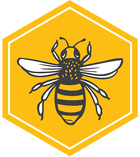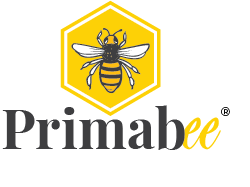CBD is an abbreviation of cannabidiol, one of over 100 cannabinoids found in the hemp plant. CBD is THC-Free* so it's non-psychoactive and doesn't make you feel high.
CBD is found in a variety of products, from edible tincture oils, soft gels, and energy drinks to topicals like CBD salves, lotions and creams. CBD oil is also popular among pet owners who wish to help their pets live healthier lives.


Cannabinoids are a diverse group of chemical compounds naturally found in the human body (endo-cannabinoids) and also in industrial hemp plants (phyto-cannabinoids).
CBD is a cannabinoid that may help support your endocannabinoid system.
The mammalian endocannabinoid system (ECS) is a group of cannabinoid receptors located in the brain and throughout the body’s central and peripheral nervous systems. The ECS is thought to help regulate many vital functions from sleep and immune response to inflammation and pain.
The ECS has two main types of receptors, CB1 and CB2 that bind with cannabinoids to pass along the molecular-level messages to trigger a variety of cellular responses needed for homeostasis and healthy functioning.
Scientific studies have shows that phyto-cannabinoids like CBD interact with the human body’s own endocannabinoid system.
Cannabinoids are a diverse group of chemical compounds naturally found in the human body (endo-cannabinoids) and also in industrial hemp plants (phyto-cannabinoids) that is extracted and refined into bioavailable CBD.
CBD functions by binding to cannabinoid receptors in the body’s endocannabinoid system of the human body and are thought to help regulate vital functions of the body.


CB1 receptors are primarily located on nerve cells in the brain, spinal cord and central nervous system.
They are found throughout the body from your brain to your liver:
BRAIN & CNS
CEREBELLUM
BRAIN STEM
THYROID
UPPER AIRWAYS
LIVER
ADRENALS
BASAL GANGLIA
THALAMUS
PITUITARY
HYPOTHALAMUS
OLFACTORY BULB
OVARIES
UTERUS
PROSTATE
TESTES

CB2 receptors are primarily found in the immune system and its associated structures.
They are found throughout the body from your eyes to your digestive tract:
EYE
STOMACH
HEART
PANCREAS
DIGESTIVE TRACT
BONE

When a substance reaches the brain after hitting the bloodstream, it will influence brain activity by interacting with receptors and neurons.
BASAL GANGLIA
CEREBRAL CORTEX
HYPOTHALAMUS
CEREBELLUM
HIPPOCAMPUS
MEDULLA
SPINAL CORD
SO WHY SHOULD I TRY CBD?
CBD is a word you hear all over the place these days. You hear people talking about the significant benefits they’re experiencing while using CBD. You might have chatted with your friends and family about CBD and are wondering what’s the CBD stuff all about. There’s a lot of information flying around, so you’ll want to get the facts straight. Are you curious to learn more?
While there is a lot of information out there with its own alphabet soup of acronyms and processes, we’ll help you decipher it all and you will soon learn that CBD is not difficult to understand at all.
There are three types of commercially available CBD: Isolate, Broad Spectrum, and Full Spectrum.
CBD Isolate is created from raw hemp oil extract by removing all oils, plant material, waxes, chlorophyll, and THC, leaving behind 99% pure CBD in the form of a tasteless and scentless anhydrous white powder. Lo2NoTHC* (99% +/- CBD - ~0% THC).
Broad Spectrum CBD is created from raw hemp through a full plant extraction process and is refined to remove all detectable traces of THC, but contains a variety of naturally occurring cannabinoids, terpenes, flavonoids, vitamins, minerals, and plant proteins. Our Lo2NoTHC* contains less than <0.05% THC.
Full Spectrum CBD is created from raw hemp through a full plant extraction process. It contains all naturally occurring cannabinoids including THC (<0.3% THC).






